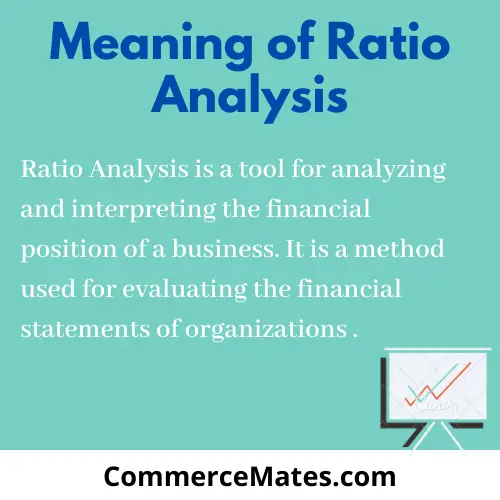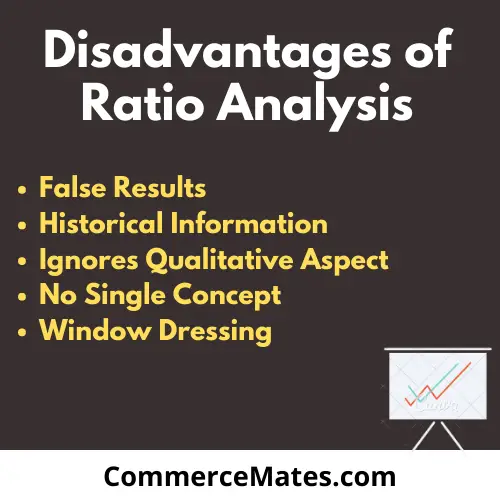Contents
Meaning of Ratio Analysis
Ratio Analysis is a tool for analyzing and interpreting the financial position of a business. It is a method used for evaluating the financial statements of organizations to judge their performance. Ratios are simply the mathematical expression of the relationship between two or more items presented in financial statements. It is categorized mainly into six types: Liquidity ratios, Profitability ratios, Solvency ratios, Efficiency ratios, Coverage ratios, and Market prospect ratios.
Advantages of Ratio Analysis
Analysis of Financial Position
Ratio analysis is an efficient tool for analyzing the financial position of an organization. It through evaluating the financial statements depicts the true financial condition of business to owners, creditors, bankers, and investors.
Forecasting and Planning
Ratio analysis helps in identifying the trends of various items like cost, profit, and sales. It calculates the relevant accounting ratios with the help of past financial data which helps in forecasting and planning business activities.
Simplifies Accounting Information
Ratio analysis through the computing of various accounting ratios simplifies the whole information contained in the financial statements of the company. It makes understanding of whole financial data quite easy by managers and investors.
Measures Operational Efficiency
It measures the efficiency and profitability of organizations by calculating various ratios. Ratio analysis evaluates the profitability, solvency, and liquidity which help management in assessing fund requirements and capabilities of business units.
Locate Weak Spots
Ratio analysis has a great role in identifying the weakness of business timely. This financial statement analysis technique evaluates every aspect of business and presents data to management which enables them to locate weak spots and takes remedial actions accordingly.
Inter-firm and Intra-firm comparison
It makes comparison of firms with the whole industry or with another firm quite easy. Ratios calculated from financial statements can be used for comparing the performance of different firms and finding out an efficient or inefficient firm.
Disadvantages of Ratio Analysis
False Results
Ratios calculated may present incorrect results as they are prepared using data from financial statements. Data contained in financial statements suffer from various limitations and may not contain true or fair figures which affect the quality of ratio analysis.
Historical Information
Information used for computing ratios is historical and is based on past results. It does not consider current changing conditions which therefore cannot be useful in estimating future conditions.
Ignores Qualitative Aspect
Ratio analysis takes into account only quantitative aspects and ignores all qualitative aspects of the business. Sometimes qualitative aspects are quite important and affect the functioning of business to a great level.
No Single Concept
There are no fix standardized concepts established for computing of accounting ratios. Different companies use different items for calculation of ratios which bring deviation in the final result.
Ignores price level changes
Price level changes are not included in financial statements of companies as they are prepared and presented periodically. Ratios, when calculated using these financial statements, ignore all price changes taking place.
Window Dressing
Ratio analysis suffers from window dressing. Data presented in financial statements may be manipulated by management to show better results and conceal real facts or figures. This way ratio might not be able to present correct financial position.


